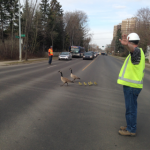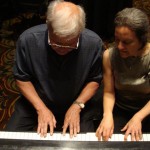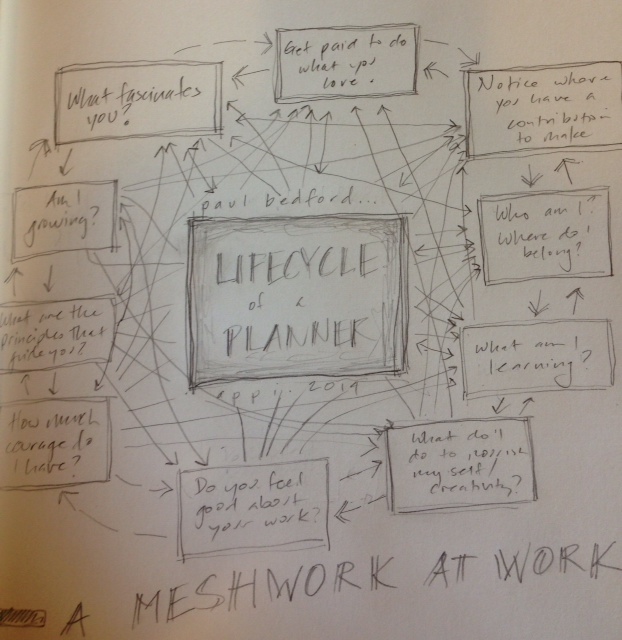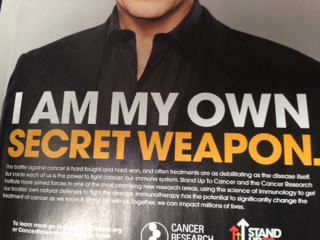Does what you say you want translate into what you do? Consider these questions:
- When you want to listen to people do you put yourself at the front of the room?
- When you want a group of people to figure something out do you give them directions?
- When you want to figure something out for yourself do you defer to experts around you?
- Does the work you do feed your soul or your desire to distract yourself from your self?
At the heart of these questions is our relationship with ourselves–and whether we believe we have the smarts and ability to do what we are called to do. The question beneath the questions: do we believe in ourselves?
The question beneath the questions: do we believe in ourselves?
The beliefs we hold about ourselves shape our relationship with the world around us at every scale (self, family, neighbourhood, organization, city, nation, species). If I believe I have all the answers–and no-one else out there has anything to add–then I set myself up as the expert. If I believe I am incapable of figuring things out for myself then I rely on the directions of others. I am a knower, a teller and a fixer, or someone who does not know, needs to be told, needs to be fixed.
In contrast, if I believe that I don’t have all the answers, that together we will find the right questions and answers, then I contribute to the creation of habitats where we explore questions and discern right action. If I believe that I am capable, with all that I know and don’t know right now, I rely on my–and our–self direction. I contribute to our ability to see together rather than defer to others, and take action together. I am a learner and I help others be learners too.
When I look at myself and the world around me with a lens of scarcity I see all that is wrong. I see that there isn’t enough, there never will be enough, and that there are things to be fixed everywhere. This leads me to a stance where I prefer control, even though I have no control, as well as a stance where I take whatever I can because it might run out. I hoard information. I hoard goods. I hoard relationships. I accumulate all that I can because somehow it will protect me from what I am most afraid of: not having. Worse yet, I believe myself to be not good enough, in need of being fixed, usually expecting others to do the fixing.
When I look at myself and the world around me with a lens of abundance I see all the possibility inherently within each of us. Scarcity distracts us from being who we are because it tells us what is wrong with us. It does not answer, let alone pose the question, “who am I?” Abundance is a stance where I believe in myself and others. Further, it requires me to trust that who I am, and what I have, is more than enough. I don’t need to be “fixed”, but rather to continue my never-ending journey of learning who I am and who we are. Where scarcity constricts, abundance invites our expansion as citizens and as a species.
Where scarcity constricts, abundance invites our expansion as citizens and as a species.
This is about mindset–about me and my world. Do I choose a stance where everything is wrong and begs to be fixed, or do I choose a stance full of trust? I choose the latter, driven by a desire to improve, rather than fix, the world.
The distinction between improve and fix is significant. A fix is simple, mechanical and linear, and keeps us in the present, perhaps the past (we spend great energy fixing things that are no longer a problem). An improvement, in contrast, is more complicated and complex and reaches for a better future. Where a fix can be finished like a task on a check-list, improvements are continuous. Where a fix may be a destination, an improvement is about moving in a direction that will get more clear over time. Where a fix assumes brokenness, improvement accepts that something is not good enough and moves us along.
As we work in our cities this is an important distinction. When we trust what is happening we grow in whole new ways that provide everyone with what they need.
_____





